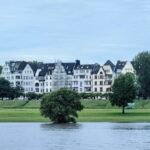This city, once scarred by the ravages of war, is now brimming with renewed charm. It’s home to numerous world-famous landmarks, steeped in history and a rich artistic atmosphere. The people here are warm, humble, and meticulous. As the capital of Germany and a bustling international metropolis, Berlin greets visitors with openness and vitality.
Berlin can be divided into the following five main areas:
- Mitte: The heart of Berlin, packed with its most iconic sights, including the Brandenburg Gate and Museum Island.
- Tiergarten: Home to the German government district, the central train station, and Potsdamer Platz.
- Kreuzberg: Must-see spots here include the Jewish Museum and Checkpoint Charlie.
- Friedrichshain: The East Side Gallery is this district’s most important landmark.
- Charlottenburg: Known for the grand and elegant Charlottenburg Palace.
In my personal opinion, Berlin is a city that’s been shaped by an overwhelming number of historical events. Most of my friends traveling with me describe Berlin as heavy, imposing, and even a bit somber. But for me, I see a different side of this city—a sense of modern Germans finding humor in their history, a form of relaxation and release. From the striking, imaginative street art to the creative ads plastered around the city, and the quirky shop designs on Unter den Linden, Berlin’s modern vibe really shines through.

It’s impossible to imagine Berlin without the Brandenburg Gate. For nearly 30 years (1961–1989), residents of West Berlin could only view the gate from several meters away, separated by the Berlin Wall. This wall marked the border between the Soviet-occupied zone and the U.S.-occupied zone since 1945.
If the Brandenburg Gate is Berlin’s emblem, then the sculpture on top—Victory riding a chariot pulled by four bronze horses—is the gate’s defining symbol. The inner walls of the gate feature reliefs depicting some of the greatest heroes of Roman mythology: Hercules, the god of war Mars, and Minerva, the goddess of wisdom, who also protects artists and craftsmen. Back in the day, only members of the royal family and guests personally invited by the king were allowed to pass through the central passage of the gate, which was once known as the “King’s Reception Hall.”
The Reichstag building
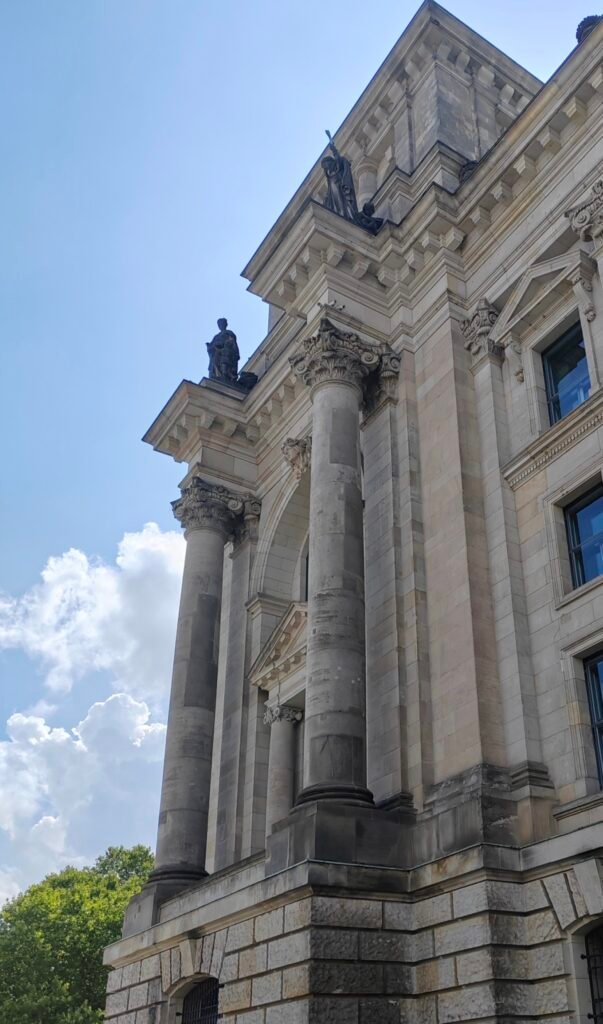
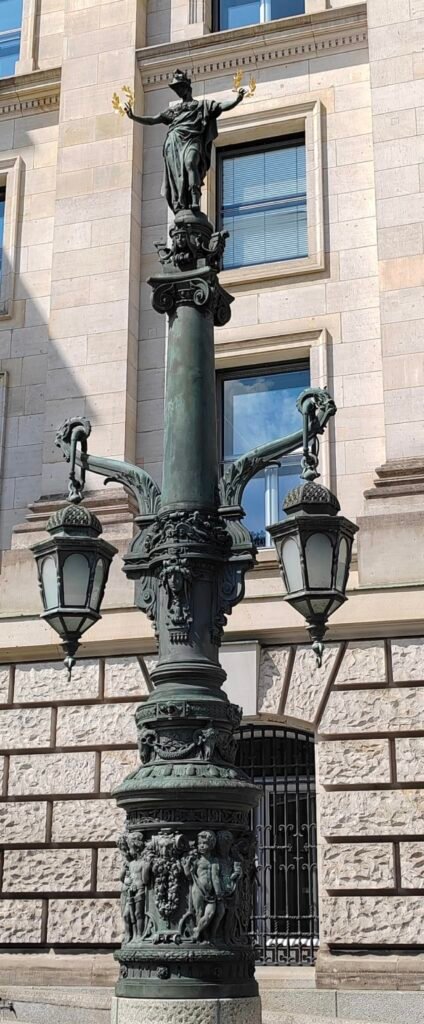
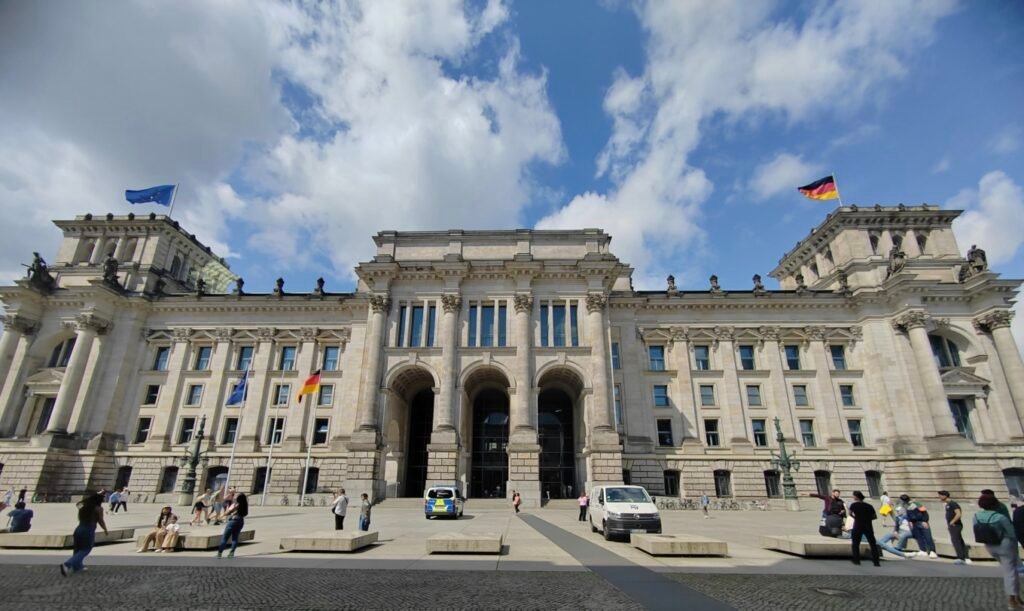
Berlin TV Tower: The Berlin TV Tower is the second tallest TV tower in Europe and is considered an iconic landmark of the city. Built between 1966 and 1969, the tower stands at 365 meters tall, with a shining steel-framed sphere at the top that catches the eye.
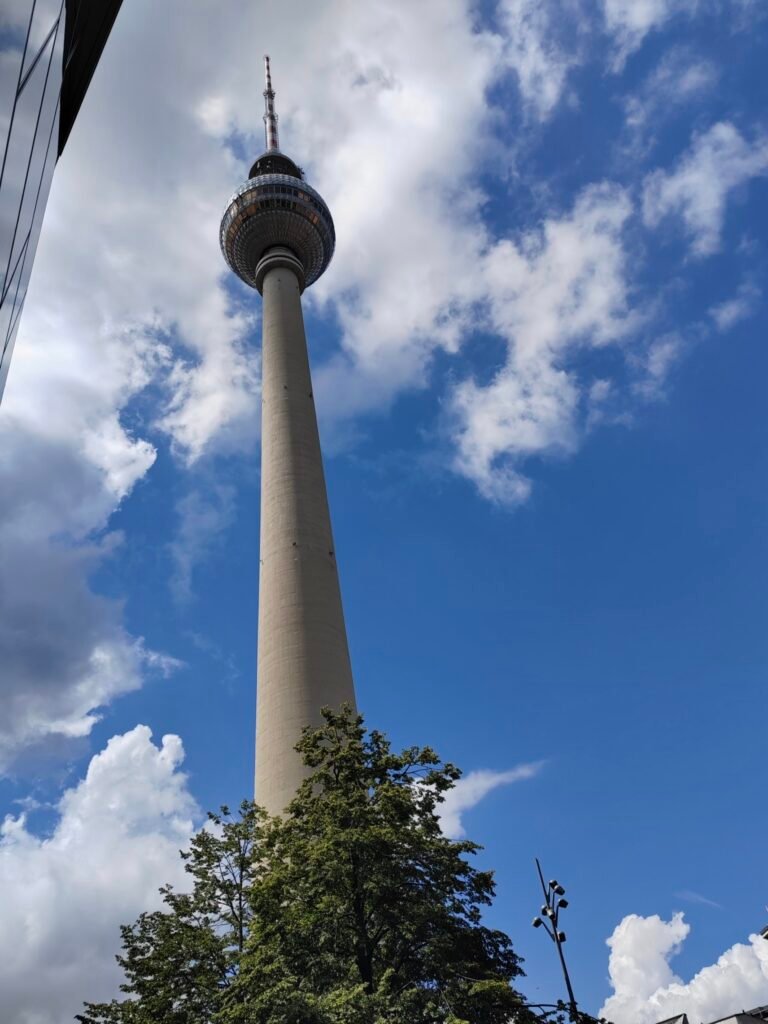
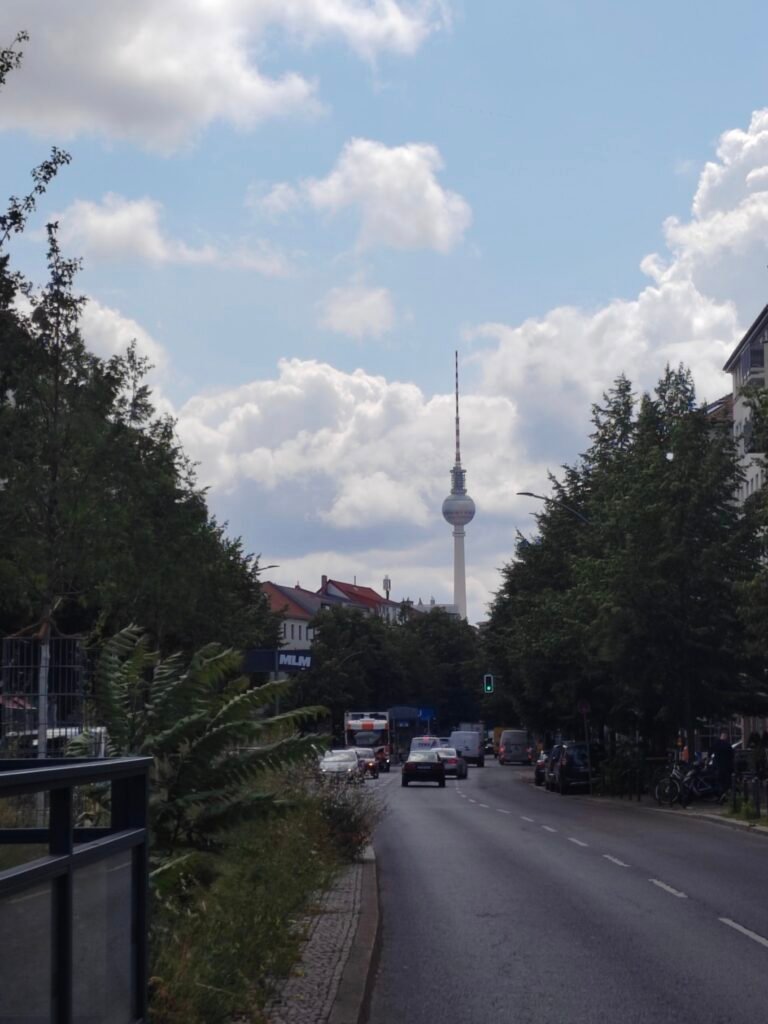
The Town Hall Square
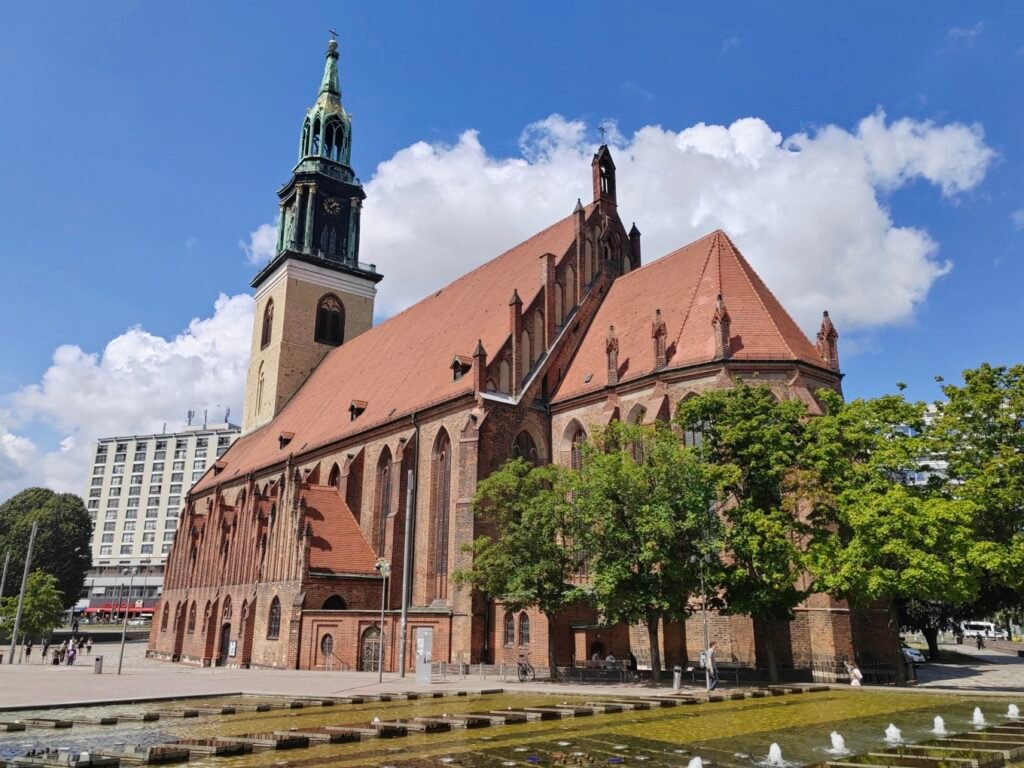
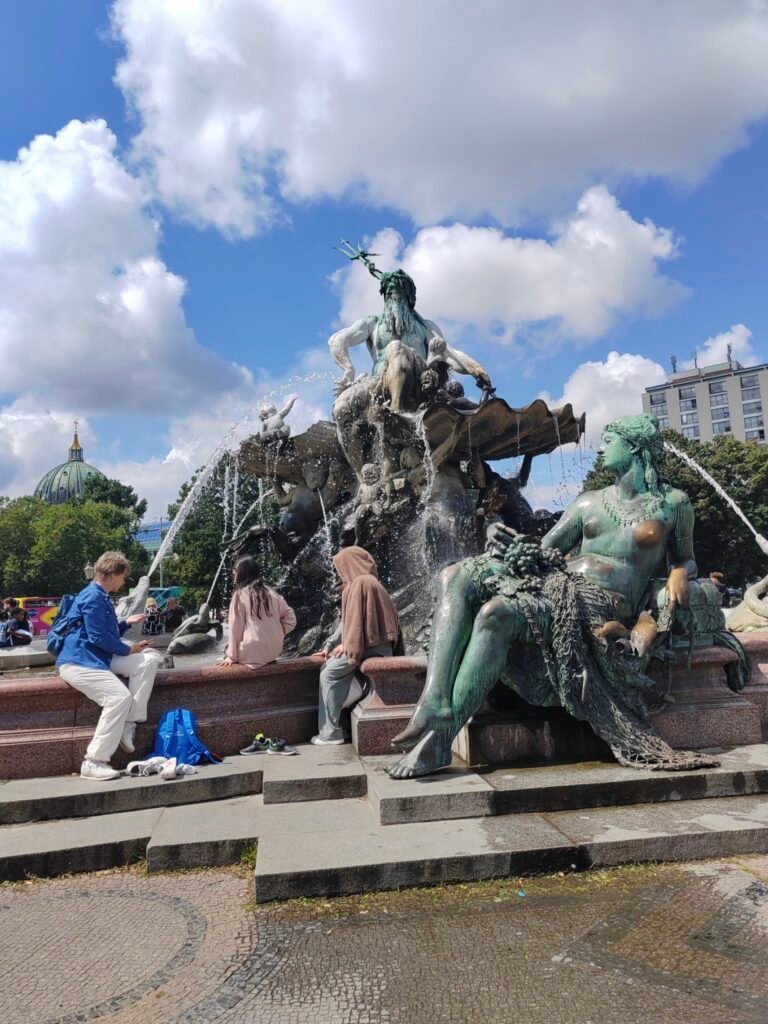
Walking Along the Berlin Wall: Feeling the Pain of Its Scars
The Berlin Wall was no ordinary wall. It became a significant symbol of Germany’s division and the Cold War after World War II, embodying people’s longing for democracy. The preserved section of the wall isn’t very long, but it’s covered in stories brought to life by artists from all over the world, using their inspiration and creativity. The Berlin Wall isn’t just a historical site; it’s a constant reminder of the value of freedom and democracy. You can walk alongside the wall or snap a few photos, capturing a piece of history for yourself.
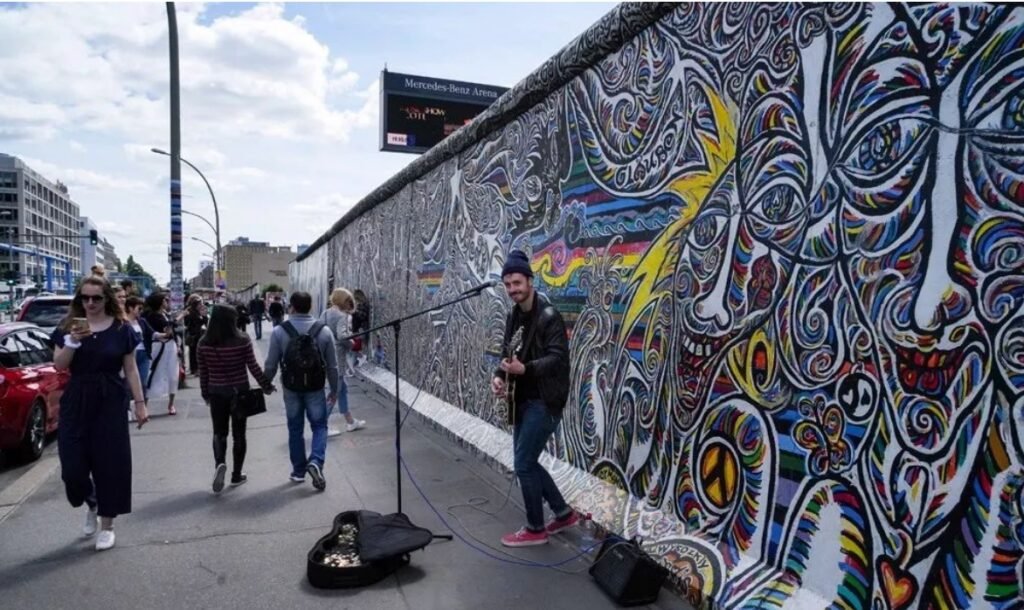
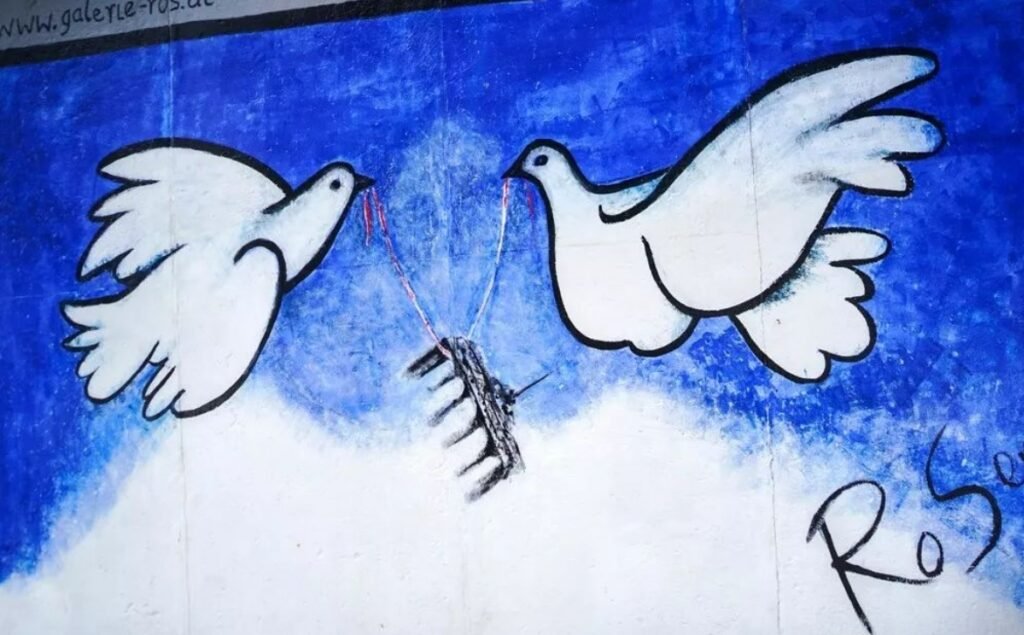

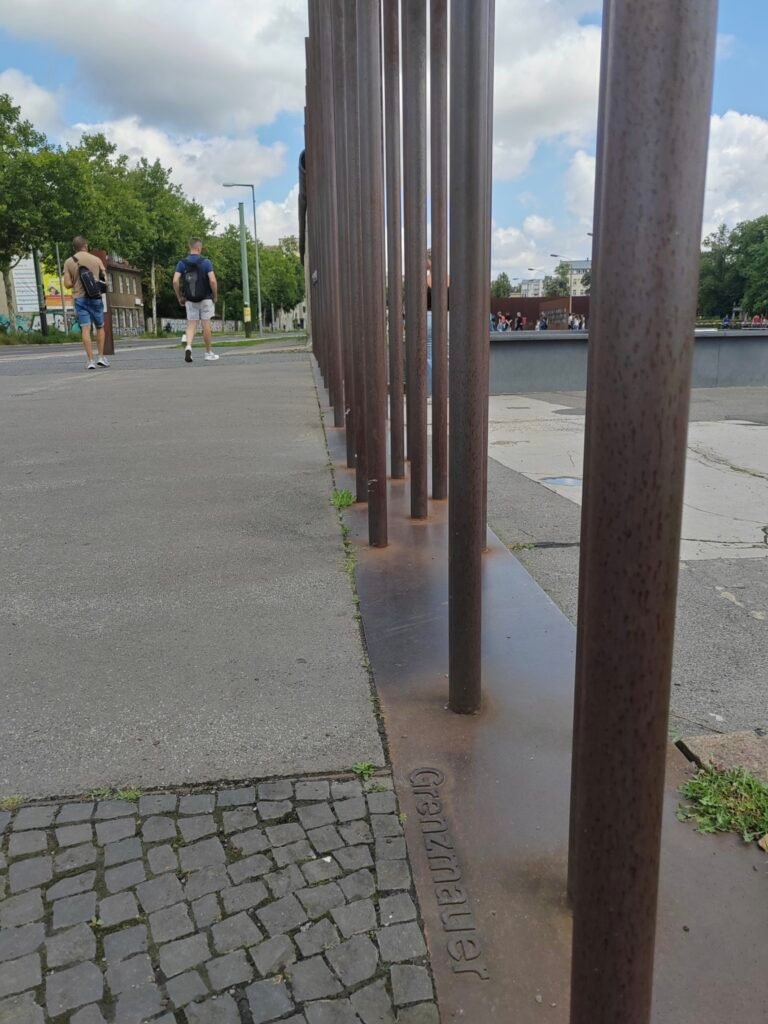
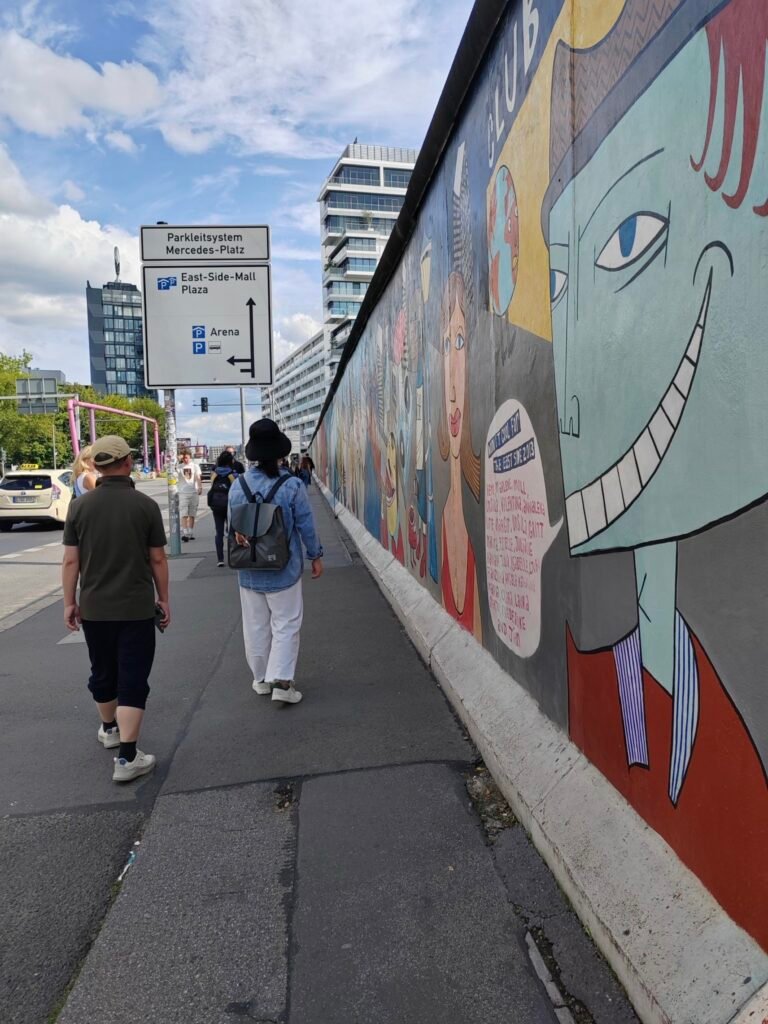
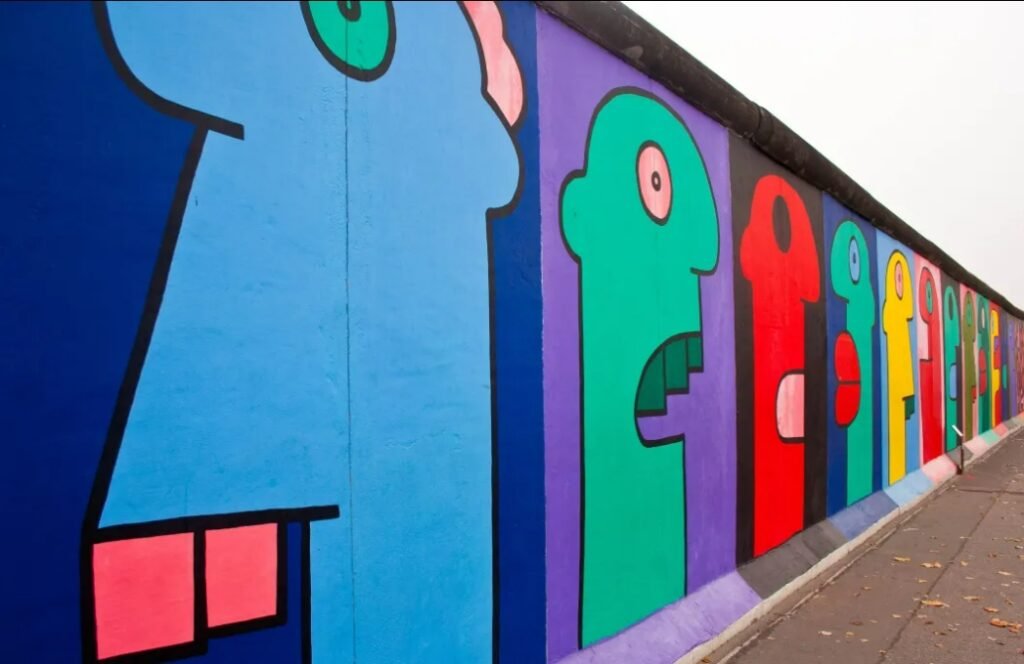
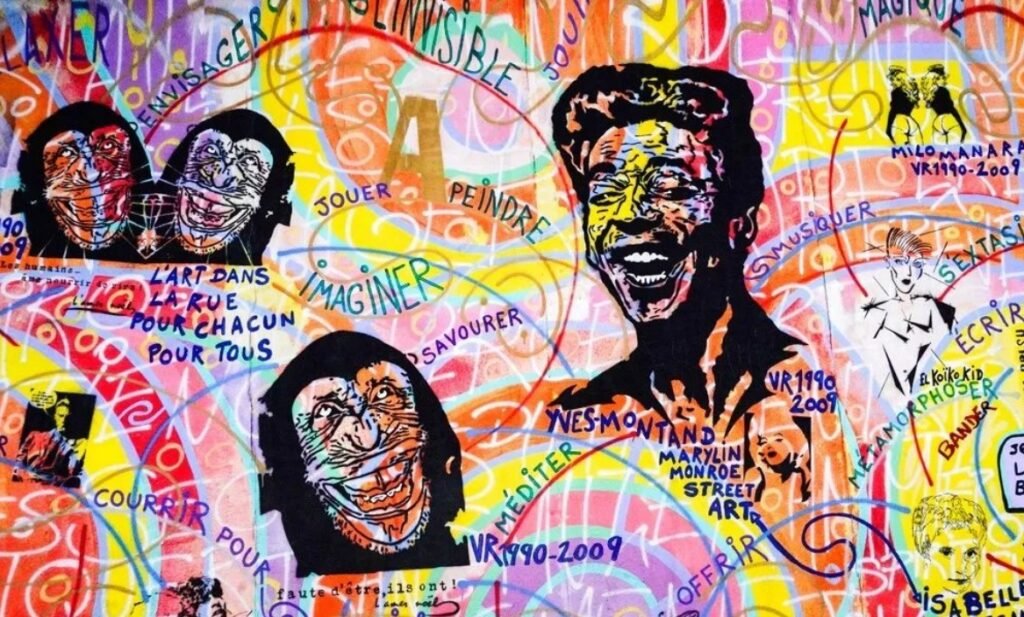
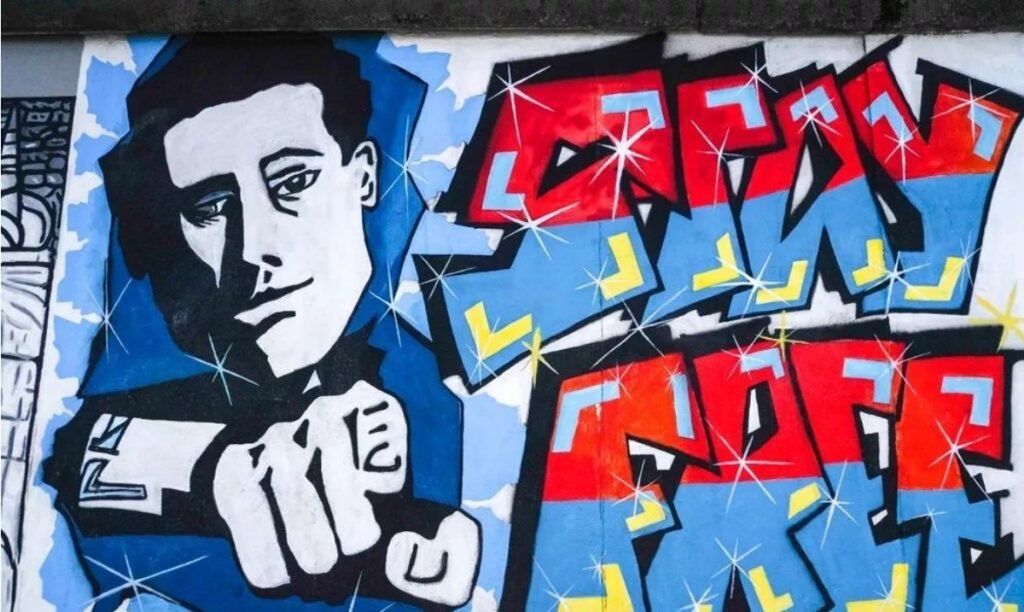
Hunting for the Berlin Bear
As the symbol of Berlin, the Berlin Bear can be spotted almost everywhere. However, I highly recommend visiting the underground hall near the Reichstag subway station. There, you’ll find a display of Berlin Bears in various styles and colors from countries all around the world—each one unique in its own way.
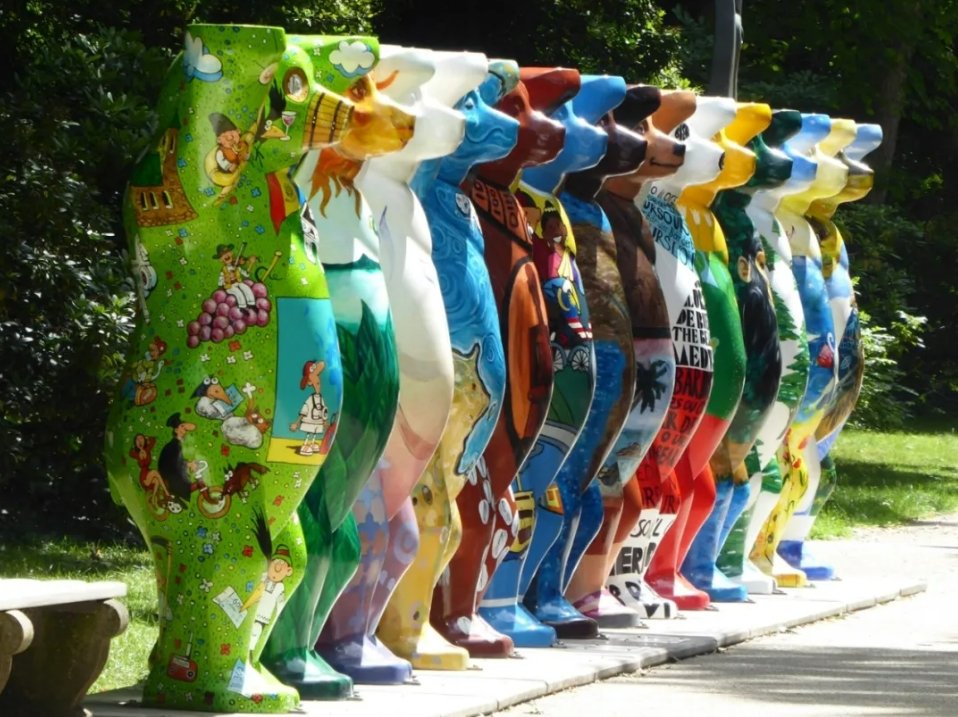

Berlin Cathedral
Located on the northern part of Spree Island, Berlin Cathedral is the largest church in Berlin and was once the royal court church. It’s also one of the most important church buildings in Germany and a central site for the Protestant Church. The architecture combines Baroque elements with the grandeur of the Italian Renaissance. In the crypt below, dozens of royal family members are laid to rest.

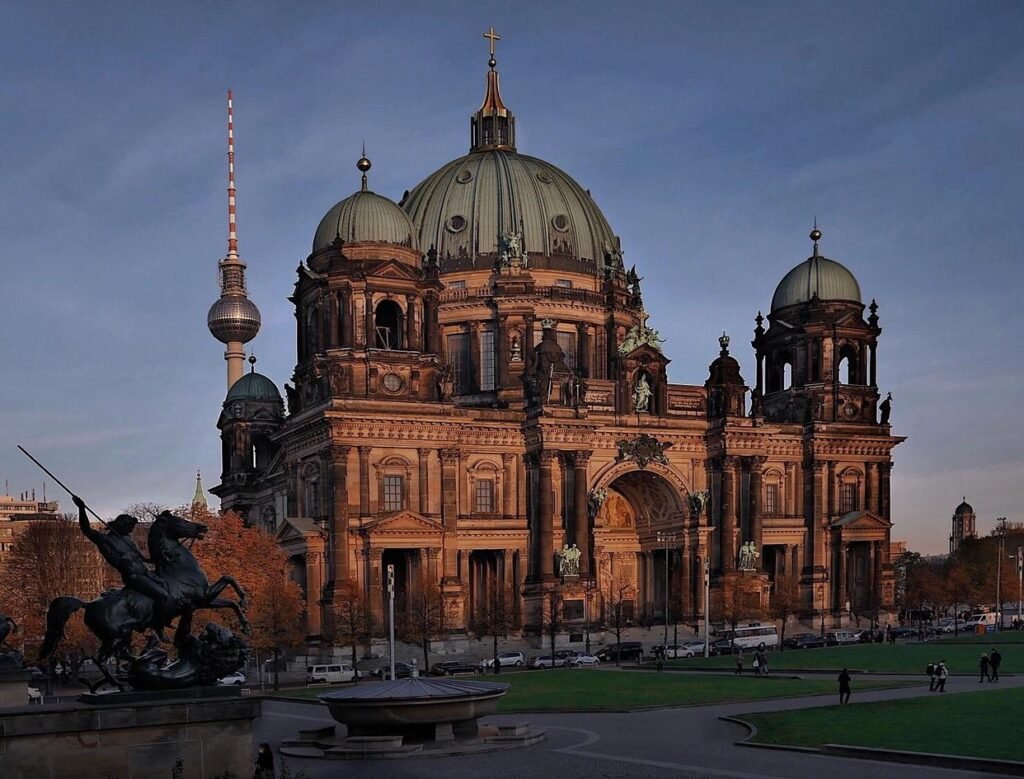



Museum Island
Situated in the heart of the Spree River, Museum Island offers a unique journey where ancient Egyptian civilization and the ancient Near East are just steps apart. These museums act like time machines, taking visitors on an epic cultural and historical adventure, spanning from the Paleolithic era to the 19th century. The island is home to five buildings: the Altes Museum, the Alte Nationalgalerie, the Bode Museum, the Neues Museum, and the Pergamon Museum. Together, they form a world-renowned architectural ensemble that has been listed as a UNESCO World Heritage Site since 1999.
Humboldt Forum Museum
The Humboldt Forum in Berlin is known as Germany’s “British Museum.” It is located on Unter den Linden boulevard in the center of Berlin, with the entire project covering more than 44,000 square meters. It cost nearly 700 million euros, making it the most expensive comprehensive cultural project in Germany and even Europe to date. The project took nearly 20 years from planning to inauguration, and German Culture Minister Monika Grütters described it as a “national calling card.”

The Humboldt Forum is situated at the Berlin Palace in the city center. The palace was rebuilt with its original Baroque exterior preserved, while the interior features modern designs, marking it as a significant cultural project in Germany.
In the basement of the Humboldt Forum Museum are the remains of the Berlin City Palace and part of a Dominican monastery discovered during excavations in 2008. The entrance to the basement is located to the left of the main archway in the first-floor hall.
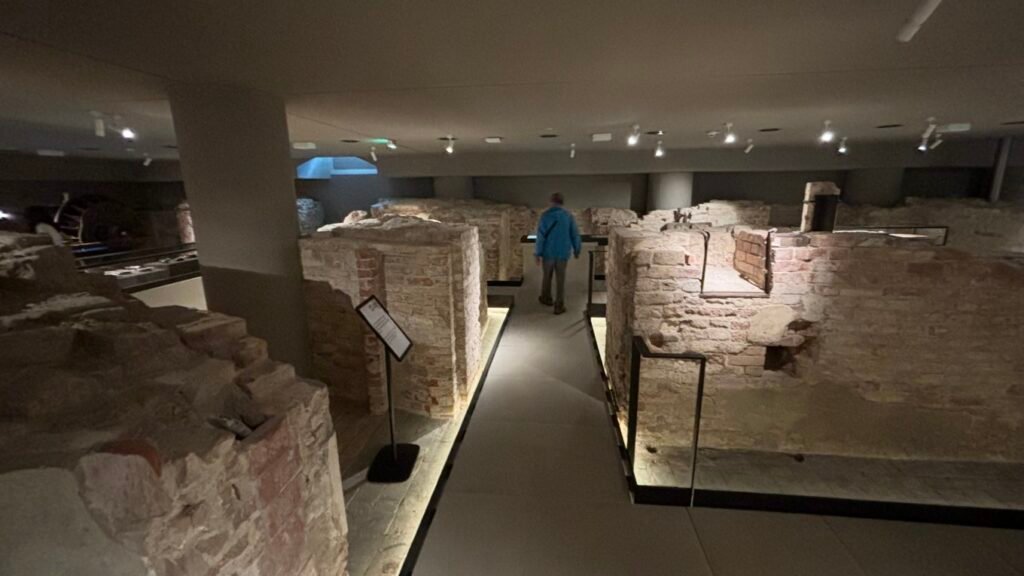

As you follow the spiraling stairs down to the basement, you’ll discover that ancient ruins lie hidden beneath the museum.
Overview: Beneath the Humboldt Forum lies a fascinating blend of modern concrete, stones from a medieval monastery, and remnants of Baroque city walls. Different historical layers meet, collide, and overlap here, telling the story of this area’s turbulent past. For both practical and political reasons, walls and entire buildings were demolished, relocated, or repurposed, making this site a hub of constant architectural change.
Archaeologists uncovered artifacts from the 14th to 17th centuries in the sandy ground, including bronze taps, book clasps, and pen nibs.
The barrel-style bronze taps, which were inserted into the sides of beer and wine barrels, were once used by Dominican monks and the Hohenstaufen dynasty. They also stored goods in the cool cellars beneath.
Book clasps, also known as book locks, kept pages from loosening and protected valuable paper and parchment from light, dust, and moisture. These seemingly insignificant items reflect the monastery’s past as an exceptional library—though only a few books survive today, with some now housed in the Berlin State Library.
The pen nibs, a type of medieval stylus, were used for writing notes or drafts on wax tablets. One end was pointed for writing, while the flat end was used to erase mistakes and smooth the wax for reuse. More permanent writings were made by monks and laypersons on parchment or paper.
The archaeological exhibition at the Forum revisits the site’s architectural past. Artifacts left behind from the centuries-old palace are displayed in the Sculpture Hall, while a panoramic video highlights eight centuries of history.
Best of all, admission to the Humboldt Forum Museum is free.
Accommodation Overview
Almost every major international hotel chain, including Hilton, Westin, Hyatt, and Intercontinental, has flagship locations in Berlin. These upscale hotels offer excellent environments and service quality, but they come with a hefty price tag, making them ideal for travelers who prioritize quality of life and have a bit more to spend.
Berlin also boasts a variety of great independent inns, each with its own level of comfort, decor, and service. In addition to standard rooms, many of these inns now offer private rooms, often featuring suite facilities or even small apartments designed for couples and families. This option is perfect for budget-conscious travelers who value a bit of independence during their stay.
Of course, Berlin is home to some of the most vibrant youth hostels in all of Europe, making it a paradise for those on a tight budget. There are plenty of backpacker hostels and motels available, providing even more affordable accommodation options.

